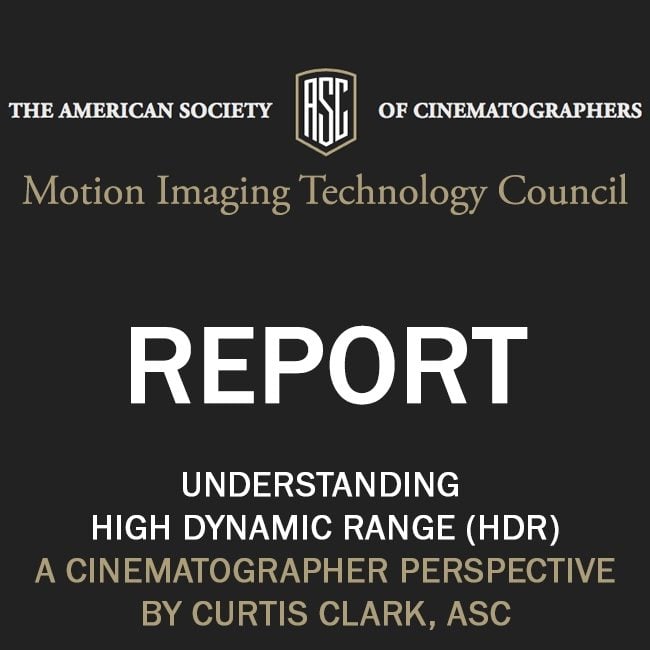Defining the parameters of Dynamic Range
Dynamic range refers to the range of reproducible tonal values within a photographic image from the deepest shadow detail to the brightest highlight detail. These tonal values originate as scene luminance values that are also known as scene brightness values that can be measured with a spot photometer, either in foot-lamberts or in camera T-stops, to establish a scene contrast ratio.
Measuring Scene Luminance
To best understand how to control exposures for both High Dynamic Range (HDR) and Standard Dynamic Range (SDR), it is important to understand how to measure scene luminance.
Motion picture images consist of variable ranges of scene luminance values (brightness vs. darkness), also known as: reflected scene tones, which can be measured photometrically in foot-lamberts (reflected foot - candles) or directly in lens T-stops using a spot photometer. The ratio of the darkest reproducible shadow detail to the brightest reproducible highlight detail can be calculated in footlamberts or in lens T-stops.
For example, a scene luminance with a dynamic range of .02 foot-lamberts to 80 foot-lamberts is 4,000:1 and is equivalent to a 12 stop dynamic range. Also, by way of example, a T-stop range from T-1 to T-64 represents a 12 stop dynamic range. A 13 stop range is 8,000:1; a 14 stop range is 16,000:1; and a 15 stop range is 32,000:1.
Although there is no official standard regarding the dynamic range definition of HDR, it is generally recognized that a lower threshold for HDR is 13 stops or 8000:1, advancing via 14 stops or 16,000:1 to the current de facto ‘standard’ of 15 stops or 32,000:1. Most of the latest generation of digital motion picture cameras are capable of capturing a 14 to 15 stop dynamic range of scene luminance without clipping maximum reproducible highlight detail or crushing minimum reproducible shadow detail. By way of comparison, modern film negatives are also capable of capturing 14 stop dynamic range.
You can read the complete white paper please in this PDF.
